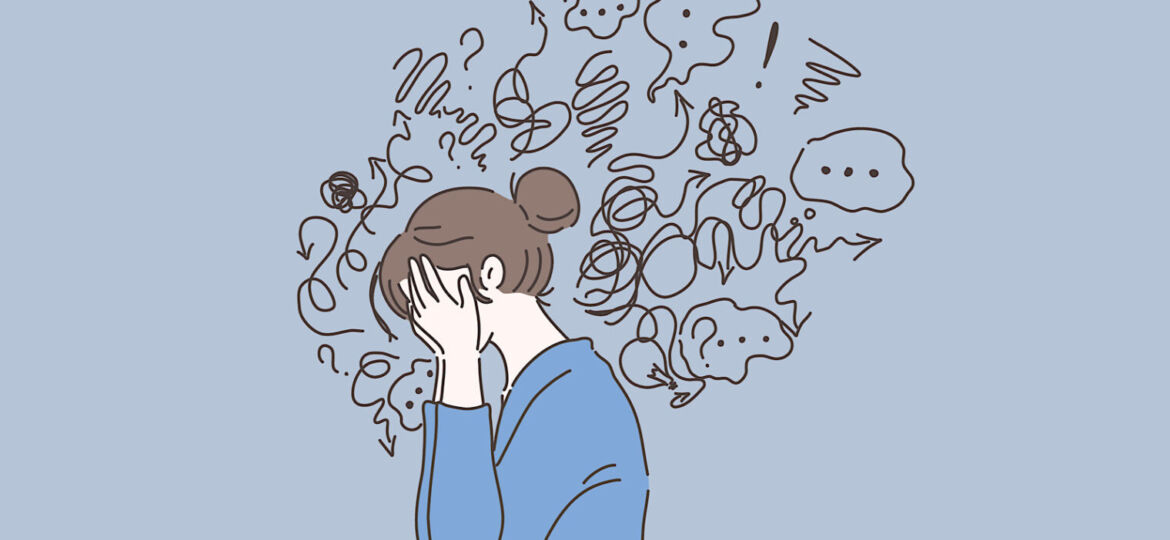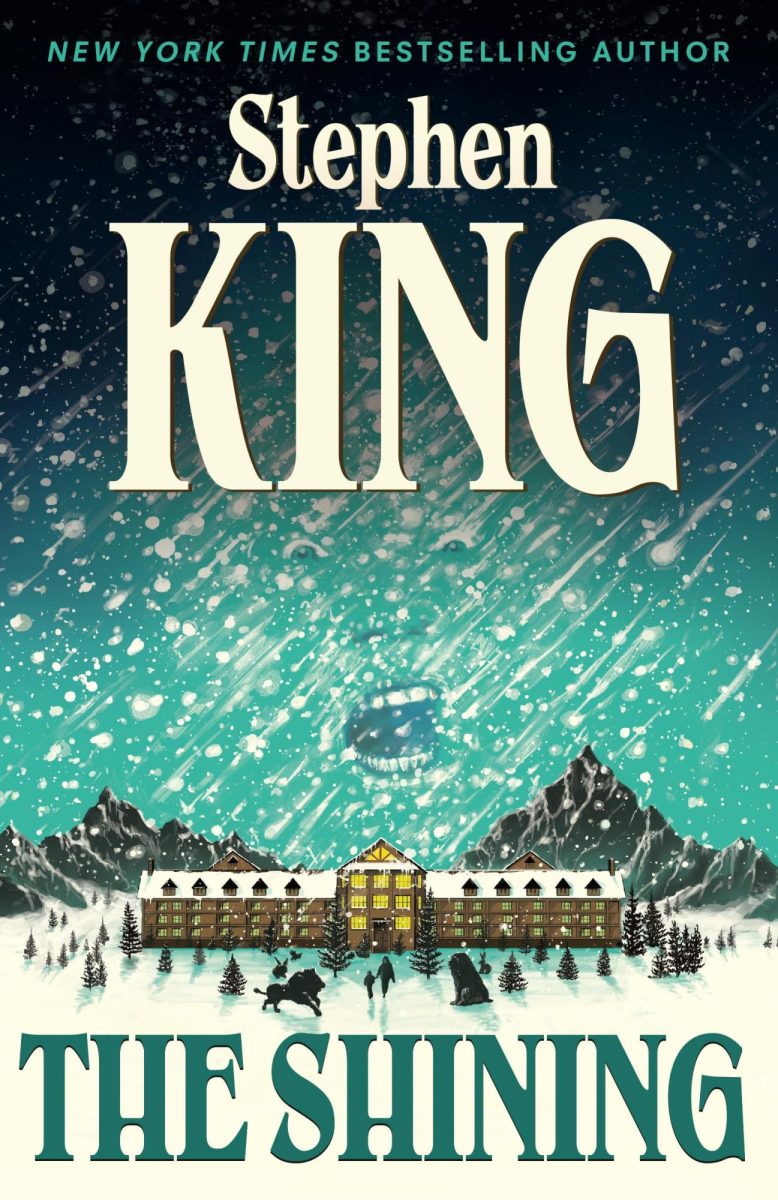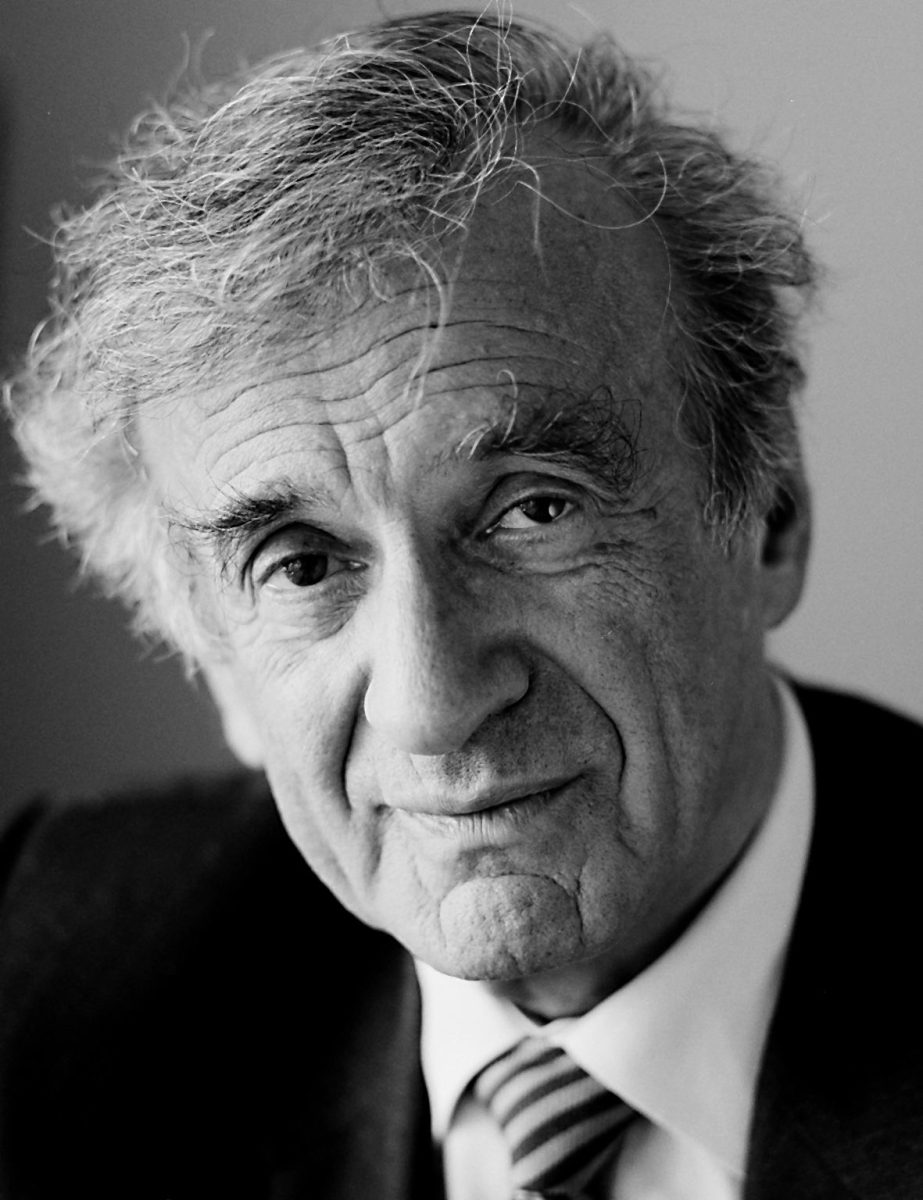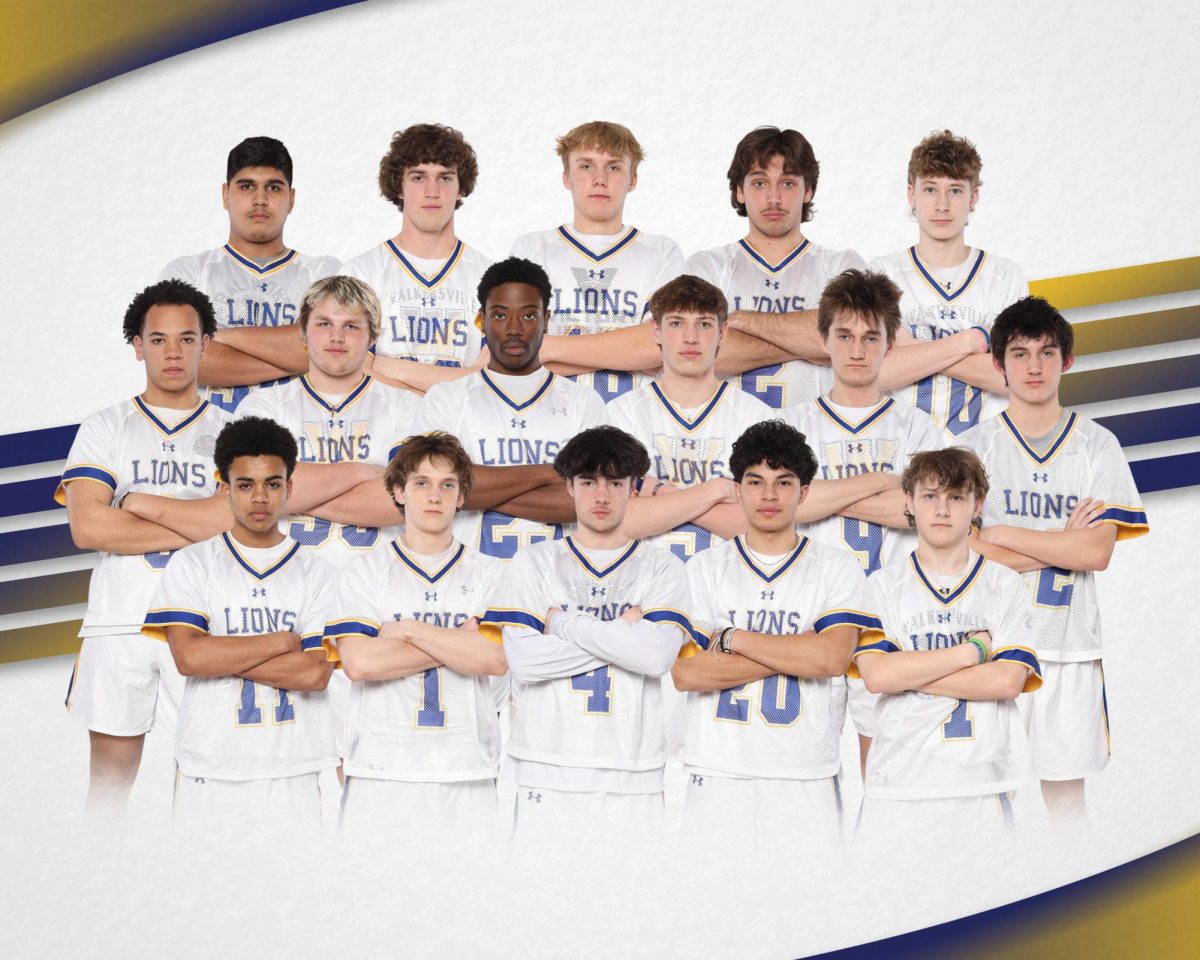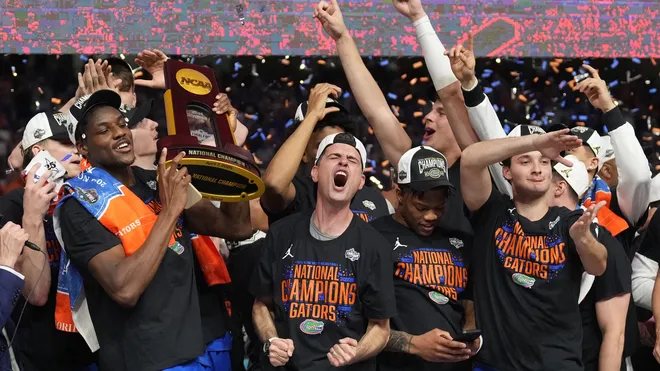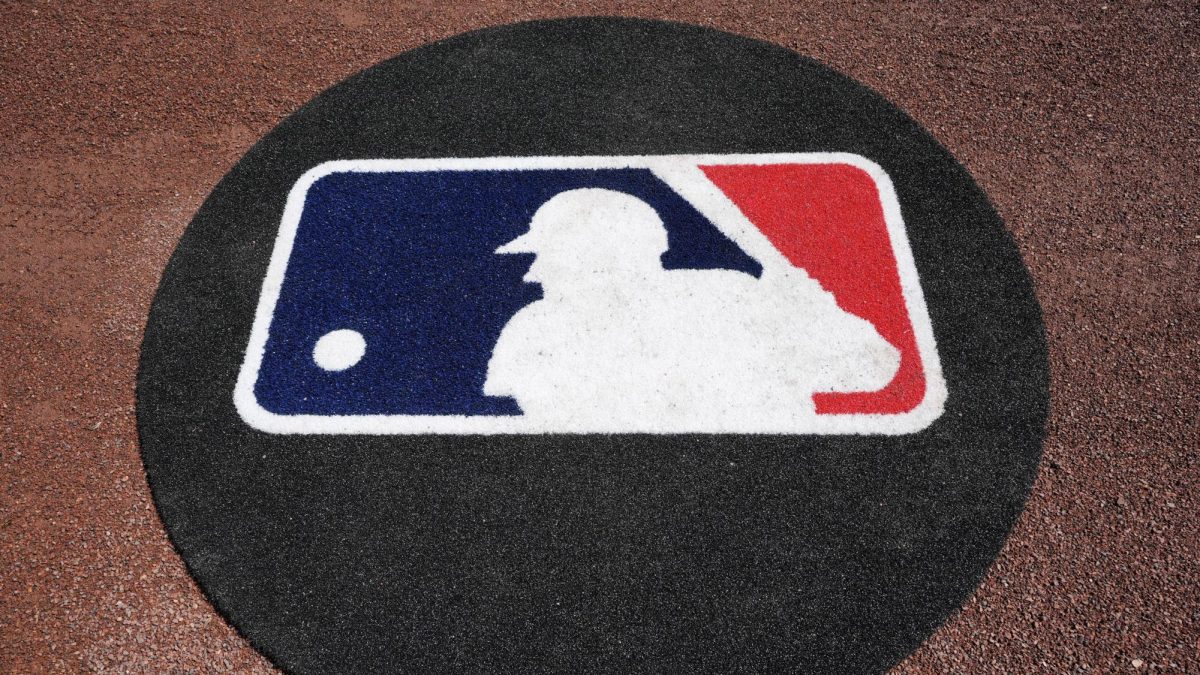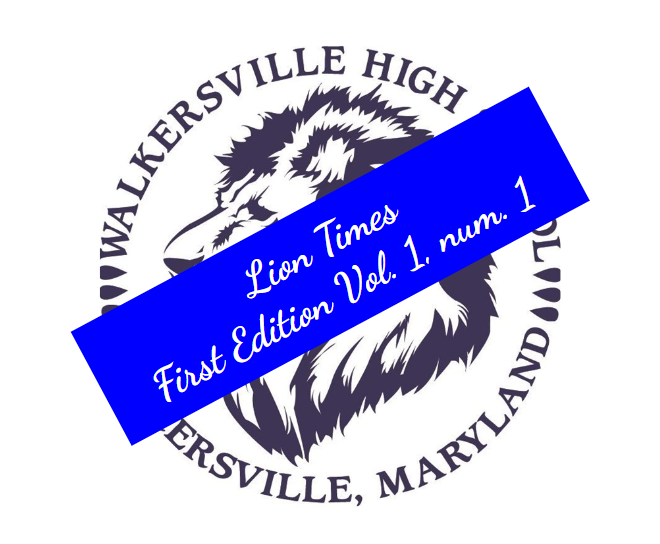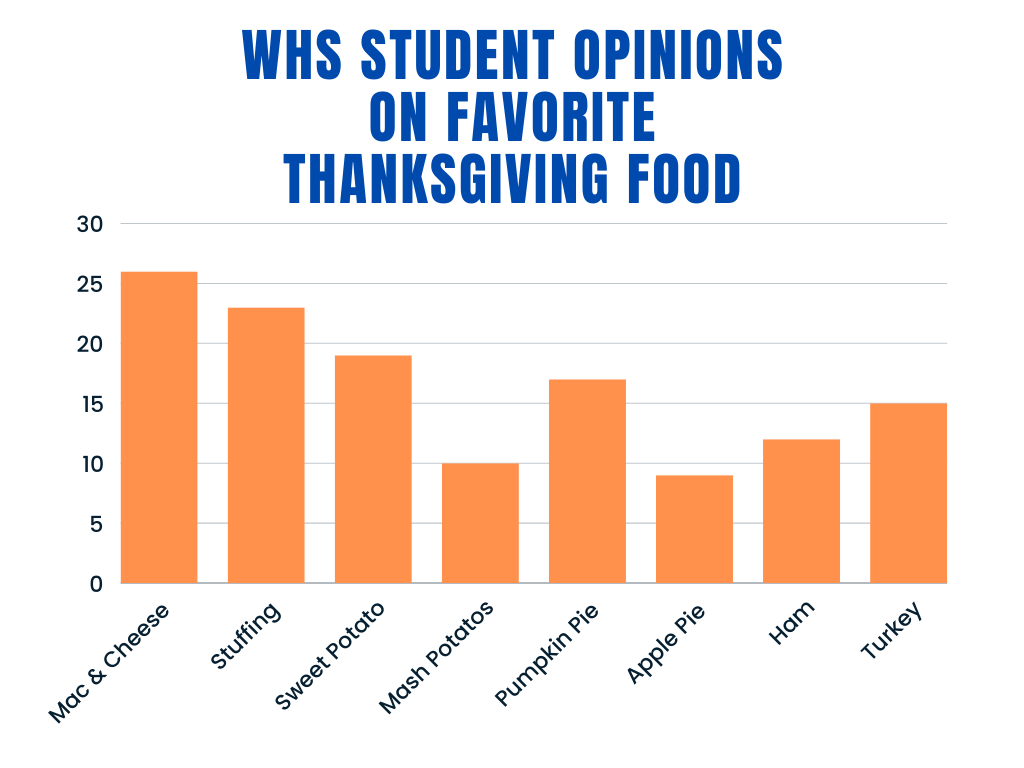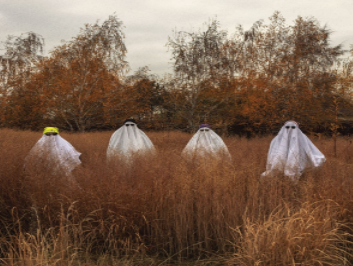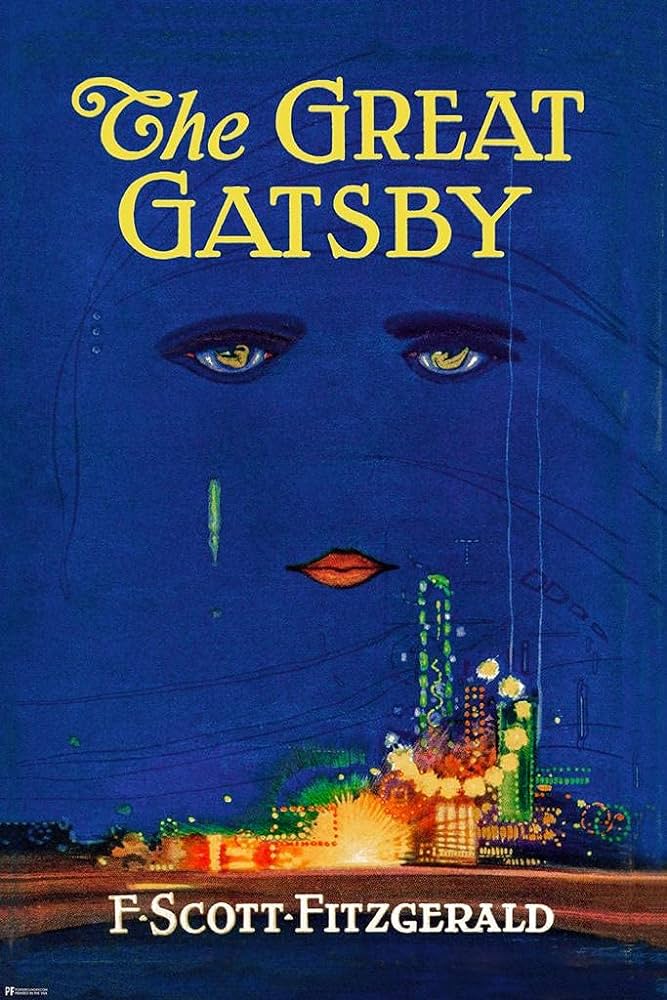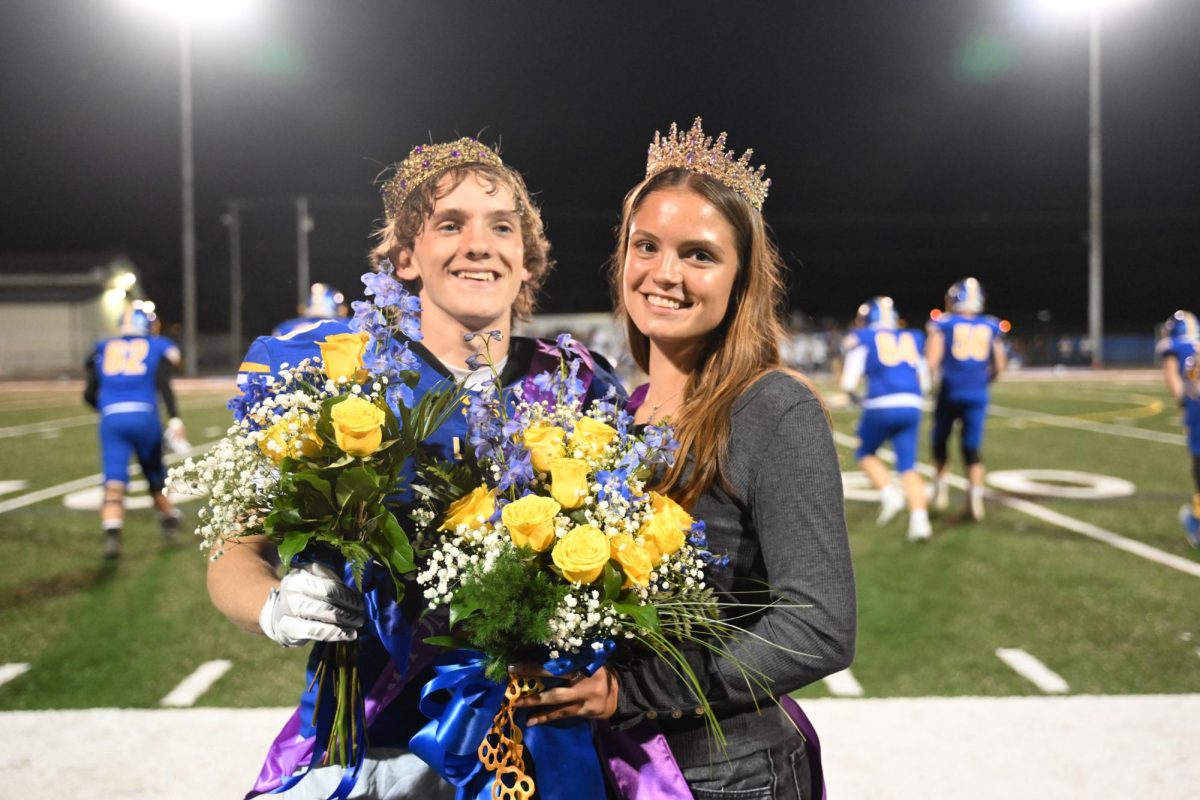Students across America are asked to read The Great Gatsby, a 1925 novel by American writer F. Scott Fitzgerald. It was inspired by Fitzgerald’s romance with socialite Ginevra King, and the riotous parties he attended on Long Island’s North Shore in 1922. Teachers say it conveys the sense of hope America promised to its youth and the disappointment its youth felt when America failed to deliver. That’s great, but what do students have to say? Guest writer Alex Pickens gives Lion’s Pride readers the lowdown. Note: The article has been shortened and edited for publication.
This book takes place in the 1920s right before the Great Depression when the economy was booming and WWI had just ended. The novel follows a man named Nick and his experiences in New York City during the 1920s, as well as his interactions with a man named Jay Gatsby and his journey to reclaim his past life. In my opinion The Great Gatsby by F. Scott Fitzgerald is a flawed masterwork of symbolism and character development with some pacing and structuring errors.
This book does pretty much everything right, many of which I won’t be focusing on, like the message it’s trying to tell. However, one specific thing the book does extraordinarily well is symbolism, which is used for a variety of purposes. The book uses color symbolism and object symbolism to not only develop characters but also to symbolize what the object means and its purpose in the story. For instance, Gatsby’s yellow car is a sign of decay or death. In Mexico, yellow is considered the color of death, and the book “The King in Yellow” by Robert W. Chambers, is banned in many countries for having a “corrosive effect on the human soul.” Fitzgerald plays on these associations, so Gatsby’s yellow car represents the death it brought to New York. Daisy’s white dress symbolizes her innocence, and red is mainly associated with Tom’s love and jealousy. I personally found the green light that burns at the end of the Buchanan’s dock to be an incredible way to symbolize Gatsby’s fading connection to Daisy.
There’s also object symbolism in the book such as Gatsby’s house which represent his wealth and his love for Daisy, considering he bought it to impress her. This might sound generic; after all, symbolism, specifically color symbolism and object symbolism, is used in many books, as well as in movies and video games. However, what makes Gatsby special is how it ties into the story and the character development. Of all these colors, green is the most prevalent throughout the book, as it’s used many times to emphasize how Gatsby feels and his intentions which is most represented when he tells Daisy, “If it wasn’t for the mist, we could see your home across the bay. … You always have a green light that burns all night at the end of your dock” (Fitzgerald 92). The green light is obviously meant to represent Gatsby’s connection to Daisy and his focus on it, but I think the mist is meant to represent something in and of itself, specifically things that might be clouding or interfering with him getting with Daisy like Tom, or his own nervousness and approach to trying to get to her.
Another great thing about The Great Gatsby is its phenomenal character development. It does this by using the aforementioned color symbolism and sometimes associating certain characters with certain colors. And then there’s Nick, who is the narrator of the story. He is the most well-developed of all, as he interacts with pretty much every character that appears in the story and has the personality trait of being a kind man who doesn’t like to discriminate. He goes through a change over the book, at first being an average man who likes to help people out and who is a bit socially awkward, as he lives alone and doesn’t have too many people he knows. At Gatsby’s party he mostly keeps to himself, then becomes bitter and quite somber as he realizes the kind of people Daisy and Tom are. After Gatsby dies, he was the only one that even cared about him or showed up to his funeral. At the end of the novel, things come full circle as Jordan Baker no longer likes Nick, and he’s alone with not too many friends.
The protagonist, Gatsby is a man who becomes rich and famous specifically for Daisy, and while this sounds shallow, it’s actually quite deep considering the many other ways the book develops his character. His conflict with Tom at the theater reveals a lot about his character. He tries to get Daisy to tell Tom that she never loved him in order to stir conflict between them, so he and Daisy can finally get together: “Daisy, that’s all over now,” he said earnestly. “It doesn’t matter anymore. Just tell him the truth—that you never loved him—and it’s all wiped out forever” (Fitzgerald 92). The line “and it’s all wiped out forever” in my eyes tells the reader that he himself has convinced himself that Daisy never loved Tom and that she wasn’t happy being with him because she never got to be with Gatsby. This reveals both his obsession, and his skewed view of the world. Daisy is also developed in a way that presents her fragility and her even softer inner side that isn’t reflected by the way she appears to other people on the outside in that same scene in the theater. This is expanded upon, as it’s shown how she no longer wants to interact with Gatsby when she’s confronted with his criminal past. Her love for Gatsby can’t withstand reality. The book uses its storyline and symbolism in tandem with its characters to create a development of story and character that I’ve been hard-pressed to find in too many other forms of literature.
That being said, the novel isn’t perfect with some structuring and pacing errors that made reading it a chore at some points. Combined with the sometimes verbose language and early 1900s slang, it was admittedly a bit difficult to read, especially in 2024 for someone like me.
In conclusion, this book is a masterpiece in storytelling, character development, and symbolism which helps to create an effective message and story that will make you feel happy that you read it long after you’re done. It uses symbolism and character development extraordinarily well, and I wouldn’t be surprised to see quite a few modern books and other 20th-century books that came after taking inspiration and ideas from it. It’s not without some errors in pacing and structure, as the book can jump between points at times extremely rapidly then move very slowly. Overall, I would definitely say that this is the definitive American novel. It does a great job of representing the idea of the American dream and the hardships that come with it.







